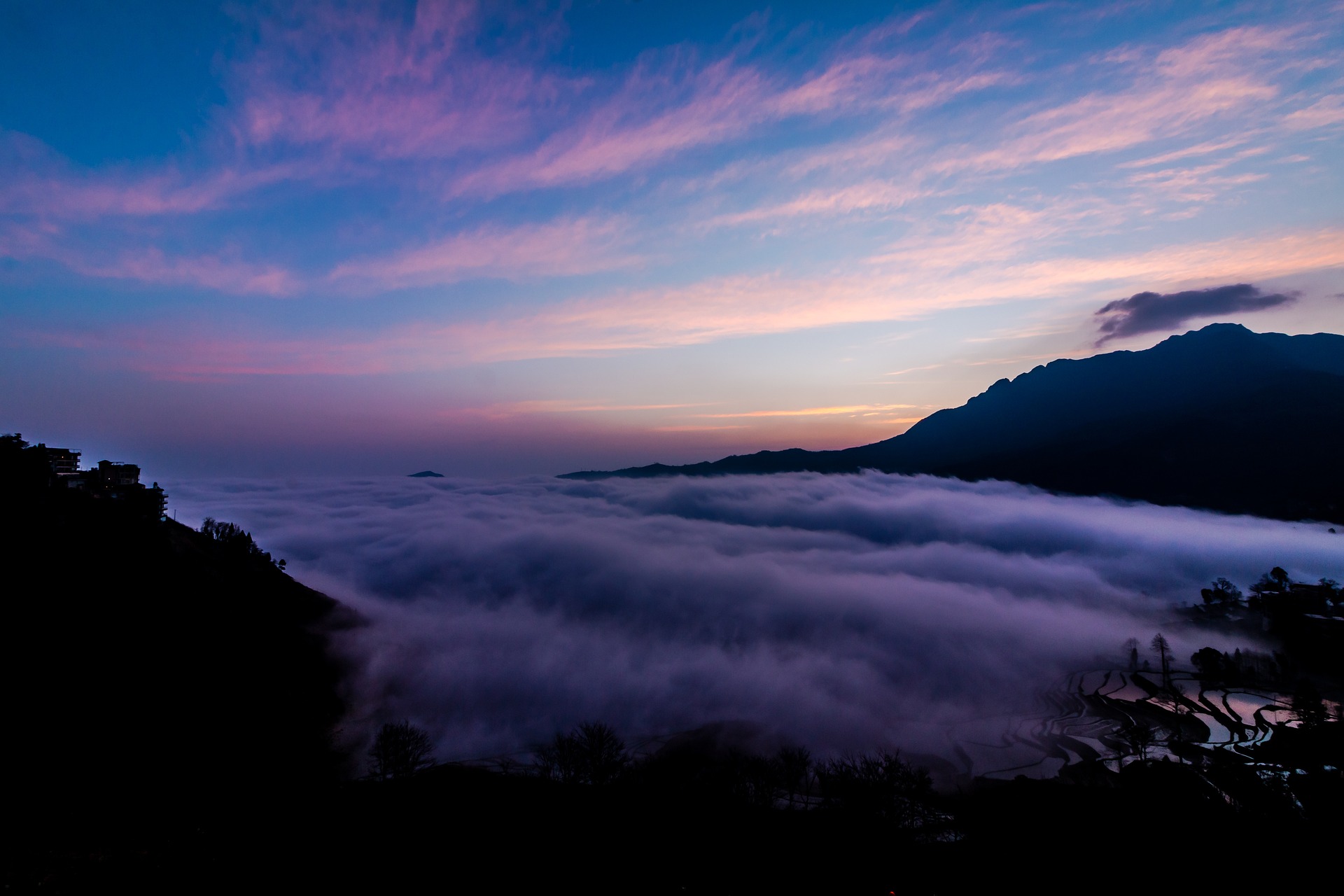Glamping: The Luxurious Twist on Traditional Camping
In recent years, a unique trend has taken the travel world by storm, combining the allure of nature with the comforts of luxury. Glamping, or glamorous camping, offers an enticing alternative to traditional camping. With roots tracing back to the early 20th century, glamping has evolved into a modern travel phenomenon, providing a bridge between nature enthusiasts and luxury seekers alike.

The Origins of Glamping
Glamping’s concept can be traced back to the early 1900s when wealthy European and American travelers sought the excitement of Africa’s wilderness without sacrificing comfort. These travelers brought lavish furnishings and amenities, creating an opulent experience amidst nature. Over time, this idea of blending nature with luxury has evolved, gaining momentum in today’s travel market as a way to connect with the environment without forgoing modern comforts.
Modern Glamping Trends
Glamping has diversified into various forms, from safari tents and yurts to treehouses and even luxury airstreams. This trend caters to a wide range of preferences, from rustic charm to high-end extravagance. The rise of eco-friendly accommodations has also influenced glamping, with many sites incorporating sustainable practices. This balance of luxury and sustainability appeals to travelers seeking unique experiences while minimizing their environmental impact.
Benefits and Challenges of Glamping
The primary appeal of glamping lies in its ability to offer a unique, immersive experience in nature without the inconvenience typically associated with camping. Comfortable beds, private bathrooms, and gourmet meals elevate the camping experience. However, this luxury comes at a price, making glamping more expensive than traditional camping. Additionally, the popularity of glamping has led to increased demand, sometimes resulting in crowded sites and reservations booked well in advance.
The Impact on Travelers
Glamping allows travelers to reconnect with nature, offering a sense of adventure while maintaining comfort. It attracts a diverse audience, from families and couples to solo travelers seeking solace in nature. The trend has also influenced other travel sectors, inspiring hotels and resorts to incorporate glamping elements into their offerings, further blurring the lines between traditional accommodations and outdoor experiences.
The Future of Glamping
As glamping continues to grow, innovations in design, sustainability, and technology are likely to enhance the experience further. Virtual reality tours may offer previews of glamping sites, while smart technology could provide personalized experiences tailored to individual preferences. As the travel industry evolves, glamping will likely remain a popular choice for those seeking an unforgettable blend of nature and luxury.
Practical Tips for Glamping Adventures
-
Research the location and amenities offered before booking to ensure it meets your expectations.
-
Pack layers and weather-appropriate clothing, as glamping sites are often in natural settings with varying climates.
-
Bring a good camera to capture the stunning surroundings and your unique accommodation.
-
Consider sites that offer activities like hiking, kayaking, or wildlife tours to enhance your experience.
-
Plan ahead, especially for popular destinations, as glamping sites can book up quickly during peak seasons.
Glamping offers a refreshing take on outdoor adventures, merging the beauty of nature with the comforts of home. As it continues to evolve, glamping promises to provide travelers with diverse, memorable experiences that appeal to both the adventurous spirit and the desire for luxury. With its strong focus on sustainability and innovation, glamping is set to remain a significant player in the travel landscape.




